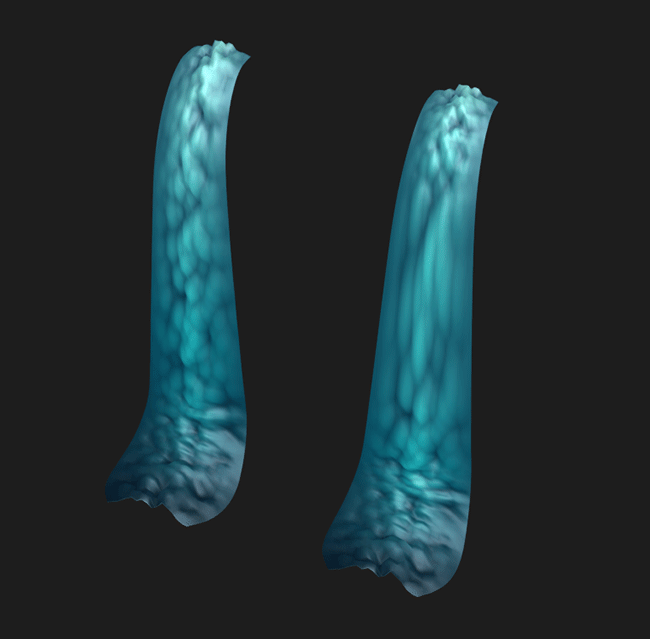I am working on the waterfall section of this talk. Having trouble nailing the look of the material. Was hoping for some discussion and any input of any more experienced VFXers out there.
Here is a video and some images of where I am at currently.
I am working on the waterfall section of this talk. Having trouble nailing the look of the material. Was hoping for some discussion and any input of any more experienced VFXers out there.
Here is a video and some images of where I am at currently.
No responses yet so I thought I follow up with specific a question…
I was able to build the method suggested here, I am having trouble adding them together for the result posted below. In all of my experiments I get strange overlays/colors and/or black edges.
Here is the talk linked to the moment of question…
Thank you for any feedback!
If alpha output is lower than 0 or higher than 1 you will get weird colors. Try saturating your alpha at the end of your calculations. You may do the same for the RGB if you are not doing any emission.
The way I understand the image is:
Thanks for the input I will try it soon and let you know, that helps alot with the first part getting the contrast right. Wonder if that will make blending easier?
Masking/Blending the water and the hi contrast foam bits of the main waterfall…
Here are couple examples of playing with the set up.
Still not getting the effect quite right, there is some nice movement going on though for sure.
I am defiantly getting closer, advice on clamping was one part and the other was to not mask out both Vertex Color Channels( r, b). Instead I am just masking out the foamy bit with blue. No black edges around each section now. ![]()
Here is current set up
I don’t remember what setup they had exactly shown in the video but you definitely need only one VTX color to achieve this type of mask. Does not really matter if it’s RGB or A. Also, why do you even need to subtract 0.65? Can’t you just paint the vertex color you really need in 3d app?
I am trying to reverse engineer the method which includes a subtract.
Adjusting the subtract allows for foamy chunks to follow along the mesh. I assume this is just his chosen method of controlling the vertex color channels of all vertices. Allowing more of the foamy texture in.
Added video of this below.
Very cool! Regarding the shading of the foam, I created this video: https://www.youtube.com/watch?v=hNnd8KTyeJI
Oof, that two sided texture node is using ndotv instead of SV_IsFrontFace (what the TwoSidedSign node is using)! Weird that isn’t an option on the texturing node. Would probably also be more efficient to use an if node along with the TwoSidedSign instead of a lerp.
Hi Junco,
good job!!! ![]()
One tip from side is to use the UVs to stretch the texture! For fluid stuff is working realy good and is not much afoird, and you will get good results.


Thank you very much! Very clean example I appreciate the work you put into it. The videos above have a mesh with stacked repeating UVS. Played with this before and I think especially seeing your example its the way to go. Will make changes and post a video when I can! Great way of adding extra movement control.
Hi Junco,
you are welcome!!! I am looking forward to see the new version!!!
Thank you!!! ![]()
Cheers
Emre
Love the Thread man brilliant, i tried recreating your method and i did not get a similar result what so ever any chance you could give me some look overs?
Hey there, I was happy to see some post from you. I apologize for the delay and plan on responding either today or tomorrow.